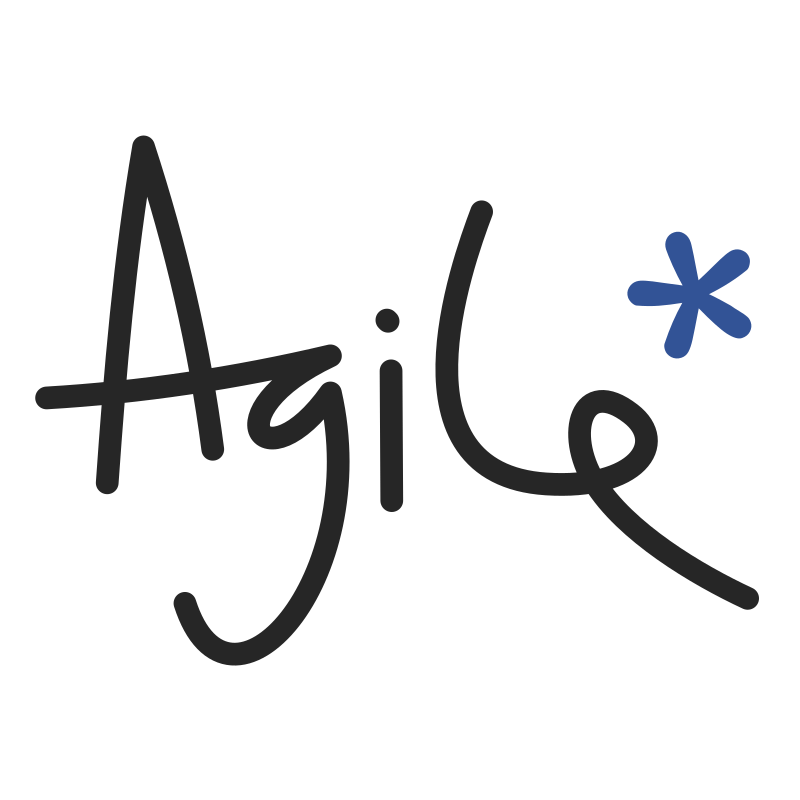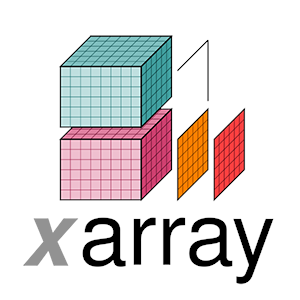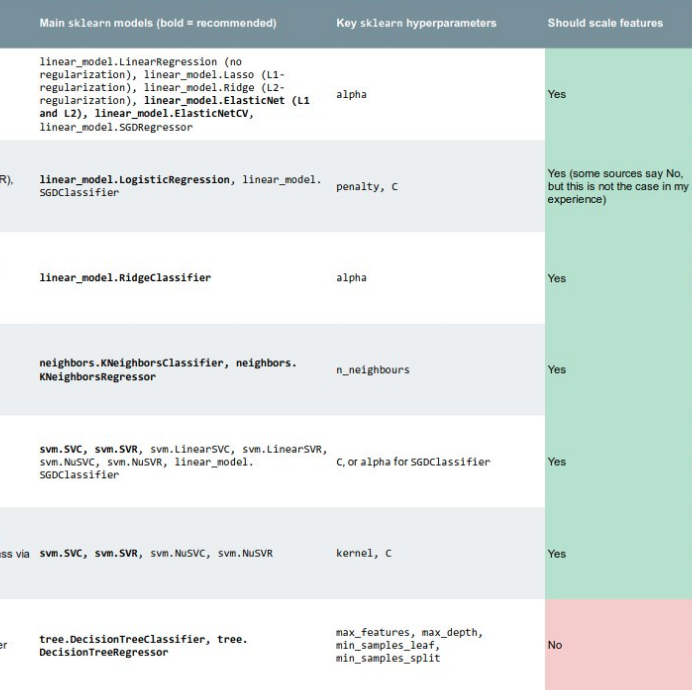Where have all the geologists gone?
/ Fresh off the plane from my vacation in Europe, I spent today exploring the Exhibition at ExCel London, at the 2013 EAGE convention. It's a massive venue, and I spent the entire day there having conversations. I didn't look upon a single PowerPoint slide all day, and it was awesome.
Fresh off the plane from my vacation in Europe, I spent today exploring the Exhibition at ExCel London, at the 2013 EAGE convention. It's a massive venue, and I spent the entire day there having conversations. I didn't look upon a single PowerPoint slide all day, and it was awesome.
 Seismic domination
Seismic domination
This is my first time at the EAGE conference, and I was expecting to see an fairly equal spread of geoscientists and engineers. I was wrong. The exhibition hall at least, is dominated by seismic acquisition and processing companies. Which suggests one thing. There is big business in seismic methods — manufacturing equipment, designing and acquiring surveys, and processing all that data.
Additionally, I counted 17 operating companies out on display. Recruiting and networking hoopla at its finest. In contrast, I don't think I saw one operator on the exhibition floor one month ago at the Calgary GeoConvention.
Apparently, geophysics is hot. But where have all the geologists gone? Are they lurking in the shadows? Based on the technology represented at the exhibition, are we at the risk of homogenizing the industry and all calling ourselves geophysicists one day?
 Even though the diversity of disciplines appears to be lacking, marketing creativity certainly is not. Today, I listened to a string quartet perform at one booth, while sipping on a carrot-and-ginger juice freshly squeezed at another. Moments later, I struggled through a hard-to-hear conversation because the noise from a Formula One pit crew demonstration was deafening. It is both amazing and disturbing the expense companies will rack up to try to be remarkable. But such remarks of the fleeting kind. It fades as quickly as the song, drink, or tire-change is over.
Even though the diversity of disciplines appears to be lacking, marketing creativity certainly is not. Today, I listened to a string quartet perform at one booth, while sipping on a carrot-and-ginger juice freshly squeezed at another. Moments later, I struggled through a hard-to-hear conversation because the noise from a Formula One pit crew demonstration was deafening. It is both amazing and disturbing the expense companies will rack up to try to be remarkable. But such remarks of the fleeting kind. It fades as quickly as the song, drink, or tire-change is over.
And being a spectator of it all, I am reminded that the remarkability I am after is of the more enduring kind.


























 Except where noted, this content is licensed
Except where noted, this content is licensed